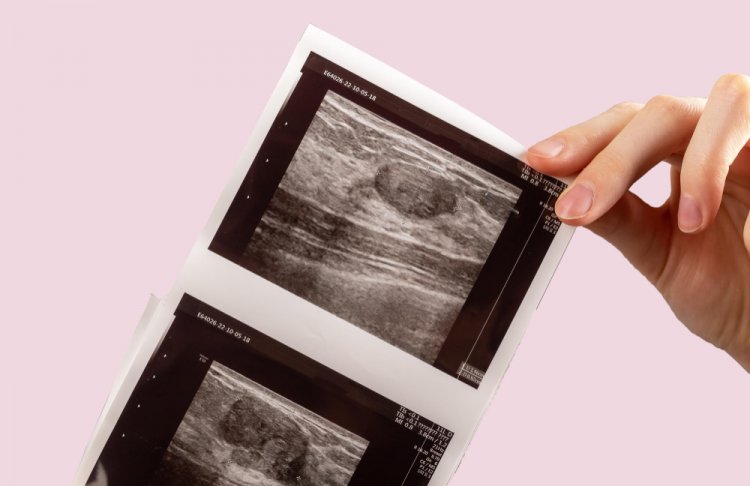Comprehensive Guide to Fibroadenomas: Understanding Symptoms, Diagnosis, and Treatment
Fibroadenomas represent one of the most common benign breast conditions encountered in clinical practice, predominantly affecting women of reproductive age. Despite their non-malignant nature, fibroadenomas can instigate anxiety and apprehension among individuals due to their palpable presence in the breast tissue. This comprehensive guide aims to elucidate the intricate facets of fibroadenomas, encompassing their diverse symptomatology, nuanced diagnostic modalities, and multifaceted treatment paradigms.

Elucidating Fibroadenomas: A Pathological Discourse
Fibroadenomas epitomize solid, well-circumscribed breast lesions characterized by the proliferation of both glandular and stromal elements. Histologically, these lesions manifest as a proliferation of ductal epithelial and stromal components, often encapsulated within a fibrous sheath. The hallmark histopathological features include the presence of elongated ductal structures embedded within a collagenous stroma, imparting a characteristic "swirling" pattern discernible under microscopy.
Unraveling the Clinical Manifestations: Deciphering the Symptomatology
Breast Lump
Fibroadenomas typically manifest as discrete, mobile, and painless breast masses, palpable upon clinical examination. These lesions often exhibit a smooth, rubbery consistency, eliciting a characteristic "marble-like" sensation upon palpation.
Texture Alterations
In concert with the development of fibroadenomas, individuals may perceive a palpable change in the texture of the breast tissue, characterized by increased firmness or density within the vicinity of the lesion.
Cyclic Variations
Some patients may report cyclical fluctuations in the size or tenderness of fibroadenomas, correlating with hormonal fluctuations observed during the menstrual cycle.
Navigating the Diagnostic Odyssey: Integrating Imaging and Histopathology
Mammography
Conventional mammography serves as a cornerstone in the diagnostic workup of fibroadenomas, facilitating the detection and characterization of these lesions based on their radiographic appearance.
Ultrasound (US)
Ultrasonography constitutes an indispensable adjunct to mammography, offering real-time visualization of breast lesions with enhanced spatial resolution.
Magnetic Resonance Imaging (MRI)
In instances necessitating further characterization or delineation of fibroadenomas, MRI emerges as a valuable adjunct, providing comprehensive assessment of lesion morphology and vascularity.
Deciphering the Therapeutic Conundrum: Tailoring Treatment Strategies
Conservative Management
Asymptomatic fibroadenomas devoid of concerning features may warrant a conservative "watch-and-wait" approach.
Surgical Excision
Indications for surgical intervention encompass symptomatic fibroadenomas, lesions exhibiting rapid growth, diagnostic uncertainty, or aesthetic concerns.
Minimally Invasive Interventions
In select cases, minimally invasive modalities such as percutaneous cryoablation or vacuum-assisted biopsy may be employed, offering targeted ablation or biopsy of fibroadenomas with favorable cosmetic outcomes.
Pharmacological Approaches
Emerging evidence suggests the potential utility of hormonal therapies in mitigating fibroadenoma size and symptoms.
In conclusion,
Fibroadenomas epitomize a ubiquitous benign breast entity necessitating comprehensive understanding and nuanced management paradigms. By delineating the diverse spectrum of clinical manifestations, intricate diagnostic algorithms, and tailored therapeutic interventions, healthcare providers can navigate the intricate landscape of fibroadenomas with adeptness and finesse, ensuring optimal outcomes and patient-centric care.
#Fibroadenomas #BreastLumps #BenignBreastTumors #BreastHealth #WomenHealth #BreastLesions #Healthcare #MedicalGuide #PatientCare #TreatmentOptions
Disclaimer:
The information provided in this article is for educational purposes only and should not be considered medical advice. If you have any health concerns or are experiencing symptoms, it is important to consult with a healthcare professional, such as a doctor or clinic, for proper diagnosis and treatment. Always seek the advice of your doctor or other qualified health provider with any questions you may have regarding a medical condition. Do not disregard professional medical advice or delay in seeking it because of something you have read in this article.
What's Your Reaction?





















